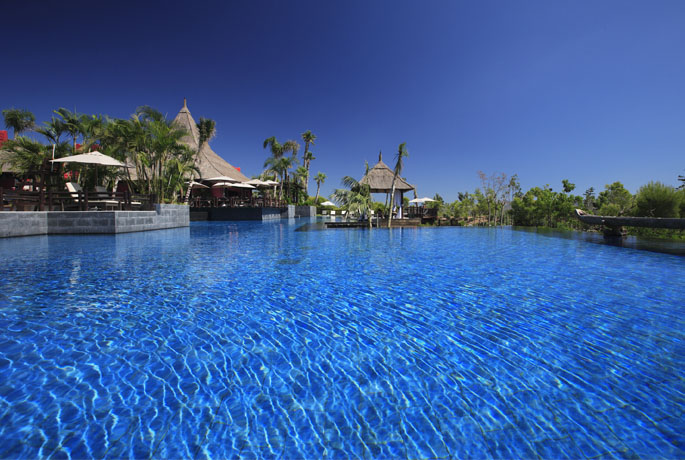Japanese washi paper
Every week we discover you a new Asian spot or tradition from our luxury hotel in Alicante Asia Gardens Hotel & Thai Spa. Today we are travelling to Japan to learn about washi.
Washi is a style of paper that was first made in Japan.
There are different types of washi papers, depending on their origin or their manufacturing process. The three types of washi, which have become UNESCO´S intangible Cultural Heritage, are honminoshi (Gifu), hosokawashi (Saitama) and sekishubanshi (Shimane).
Washi is about 1,300 years old. Its manufacturing processes have passed down from one generation to another, without changing. This process is completely handmade.
According to Nihon Shoki, the second oldest book of classical Japanese history, Chinese manufacturing techniques were brought to Japan in 610 thanks to the Korean Buddhist monk Doncho. According to this book, Prince Shotoku thought Chinese paper was too thin and delicate, and requested his craftsmen to make Japanese paper with mulberry bark and hemp fiber.
Due to its manufacturing process, washi paper is tougher than ordinary paper made from wood pulp. It´s used in many traditional arts. Besides calligraphy, folding screens, lanterns, umbrellas and Japanese sunshades are all produced using washi.
Currently, there are only three Japanese communities producing washi: Misumi-cho district in Hamada, the city of Mino and Higashi-chichibu and Ogawa towns.
If you love Asia and its culture, 5 stars resort Asia Gardens Hotel & Thai Spa is your destination. Don´t miss out the opportunity to visit Southeast Asia in the Mediterranean.



